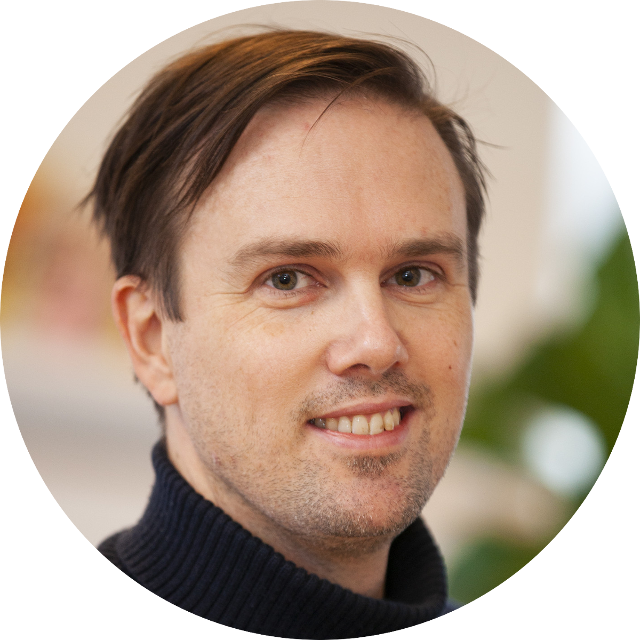Publicerad på ETC Debatt 2022-10-17
Återigen är den kommunala skolans digitala appar i blåsväder. Förra året tröttnade föräldrar i Stockholm på dåligt fungerande skolplattformar och skapade ett eget lättanvänt alternativ. Det ledde till polisanmälan från Stockholms stad och internationella rubriker om Sveriges bristande IT-politik.
Nu har Göteborgs stads skolplattform, som bara varit aktiv sedan terminsstarten, blivit utsatt för ett dataintrång där samtliga elevers personuppgifter kommits åt.
Att ett sådant här intrång kan hända är inte en olycklig slump eller något som behöver finnas med i kalkylen för digitala plattformar. Det är ett fel på policynivå i Göteborg och andra kommuner.
Kommunerna lägger enorma summor, i Stockholm över en miljard, på skolplattformar som har stängd källkod. Det innebär att bara leverantören av plattformen kan komma åt, utveckla och granska själva koden. Nackdelarna med det är många, både för säkerhet, användarvänlighet och kostnader.
När endast en leverantör finns tillgänglig för varje plattform kan de sätta orimliga priser för support och service. Marknaden för skolplattformar har dominerats av ett litet antal aktörer i en oligopolsituation, som leder till helt orimliga priser.
Ska vi som skattebetalare och föräldrar tycka att det är rimligt att spendera uppåt en miljard kronor på något som de flesta av oss klarade av med stenciler och utskrivna scheman när vi själva gick i skolan?
Genom att inte ge andra än leverantören tillgång till koden görs inte heller oberoende säkerhetskontroller. Majoriteten av världens servrar och säkerhetsfokuserade system använder istället så kallad öppen källkod, just för att möjliggöra att oberoende granskning av koden kan ske kontinuerligt.
Hade dataintrånget på Göteborgs skolor kunnat undvikas om plattformen istället hade använt öppen källkod? Chansen att säkerhetsluckor och slarv hade kunnat täppas till i tid hade ökat väsentligt. I kombination med att använda en plattform som testats och använts under en längre tid och av flera städer hade risken närmat sig noll.
Som förälder är det så klart också frustrerande med de summor som plöjs ner i osäkra system, när de inte ens är enkla att använda. När enkla uppgifter som att göra en sjukanmälan göms i en djungel av inställningar och vi som föräldrar förväntas sätta oss in i en ny app när vi precis kommit igång med den förra.
I en samverkansgrupp mellan statliga myndigheter, eSam, rekommenderas sedan ett år tillbaka myndigheter se över sina digitala tjänster för att undvika olaglig personuppgiftshantering. System som Teams, som skolorna fortfarande använder, döms till exempel ut för sin dataöverföring till USA, vilket strider mot skärpta GDPR-regler. även här verkar kunskap saknas på kommunal nivå.
Hur skulle det kunna fungera istället?
Vi har sett hur öppna Skolplattformen byggts upp med minimala resurser till en användarvänlig och säker plattform. Inom digitalt medborgardeltagande, som jag verkar inom, utvecklas de internationellt mest använda plattformarna av större städer, som både bär de stora kostnaderna och kan garantera användarvänlighet och säkerhet. De kostnaderna ska inte behöva tas av mindre kommuner. En annan uppenbar fördel är att öppna plattformar kan supportas av flera olika aktörer. Det sänker priserna och undviker oligopolsituationer.
Den internationella kampanjen Public money public code, som Arbetsförmedlingen ställt sig bakom, betonar att vi som skattebetalare bör kräva att våra pengar används till digitala plattformar som kan delas mellan flera offentliga institutioner. Att offentliga investeringar i plattformar i Stockholm till exempel kommer Göteborg till del och tvärtom, istället för att bara berika IT-företag.
Det är dags att vi ställer större krav på kommunens inköp av digitala tjänster, för våra barns integritet och för att stoppa slöseriet med pengar på undermåliga tjänster.
